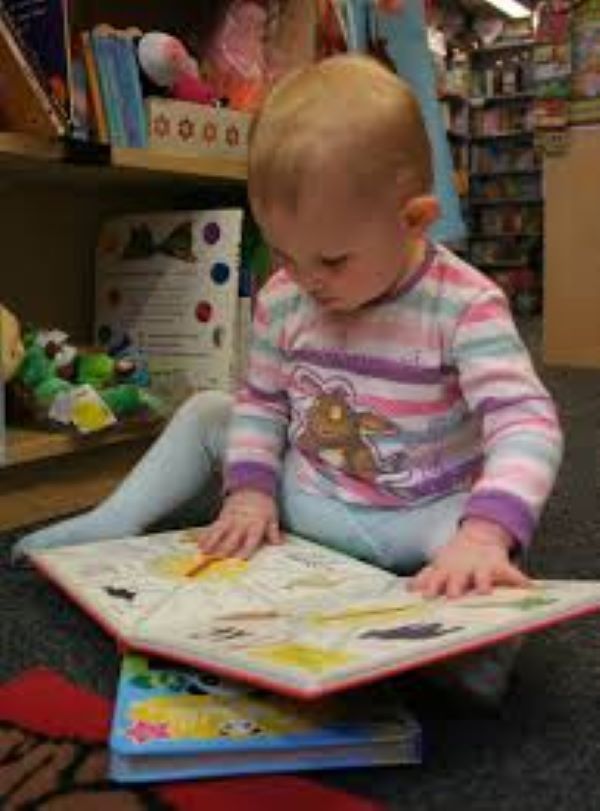Lazy eye or amblyopia is the abnormal development of one eye during a child’s primary school years causing low vision in that eye.
Usually if it is treated at an early age (before the age of 7 or even up to the age of 12) there is a good chance to restore the amblyopic eye.

CAUSES
strabismus: if there is a deviation of one eye it can cause a decrease in the vision of the deviated eye because it will dominate the non-deviated eye and it will be with the one that will reach a high visual acuity. On the other hand, the other eye, being deviated, does not develop in a normal way.
Refraction: when there is a graduation that must be corrected with glasses or contact lenses in one eye. When the lazy eye does not have the prescription that corresponds to it, it affects its development since it is not reaching the work and visual acuity that it should. The eye that requires graduation is losing visual acuity and amblyopia is generated.
It is necessary to monitor the child from the moment he/she starts wearing glasses and always under the supervision of an optometrist and/or ophthalmologist.
Genetic diseases: in the case of babies who are born with a disease that affects the ocular system such as cataracts. In this case the amblyopic eye develops because of insufficient visual acuity and with the passage of time if left untreated, the vision doesn’t improve. In cases where the cause is congenital, it must be specifically controlled with an ophthalmologist.

SYMPTOMS
In the case of lazy eye that can be detected in a child, the following symptoms can be seen:
- The child adopts unusual positions when reading or sitting. For example, having a tendency to twist the head.
- Drooping eyelid. If the child has one eyelid significantly more closed than the other, it can be a trigger for lazy eye as it hinders the vision of the eye and the musculature of that eye is not effective.
- Deviated eye as explained above.
- Binocular dysfunction: it can be seen that the movement of both eyes is not the same or that both eyes do not work equally.
- The child’s vision of the depth of things is disturbed. This means the vision of the volume of things. Having only the sharp image of only one eye, the brain can override the image of the lazy eye and this affects the binocular vision and the sensation of the depth of objects.

TREATMENT
- Occluder patch: if the lazy eye is detected when the child is young, it is the best option. During childhood and especially until around 7 years of age, the visual system is still in a developmental stage, so any treatment we do can greatly improve the visual system.
- Optical aid: in the case of children who have lazy eye due to the refraction that the lazy eye has, the lazy eye can be corrected with the proper prescription with an optometrist. In this way, the lazy eye will no longer see blurred vision and will begin to work just like the other healthy eye.
- Eye drops medications: drops that affect the musculature of the healthy eye thus forcing the lazy eye to work. Always under the supervision of an ophthalmologist who will assess the appropriate doses.
- Surgery: in the aforementioned case of children who have one eyelid more closed than the other, a possible option is to operate the eyelid to tighten it and have it in a normal position so that it does not affect the vision of the eyes.
The most important thing is the early detection of lazy eye. As we have explained above, during the infantile stage, the visual system of children is still developing and any treatment that can be done will be more effective than in more adult ages.
Related Posts

How to Manage Double Vision: Tips for Diagnosis and Treatment in 2024

What is Lazy Eye? Comprehensive Guide to Causes and 4 Solutions


